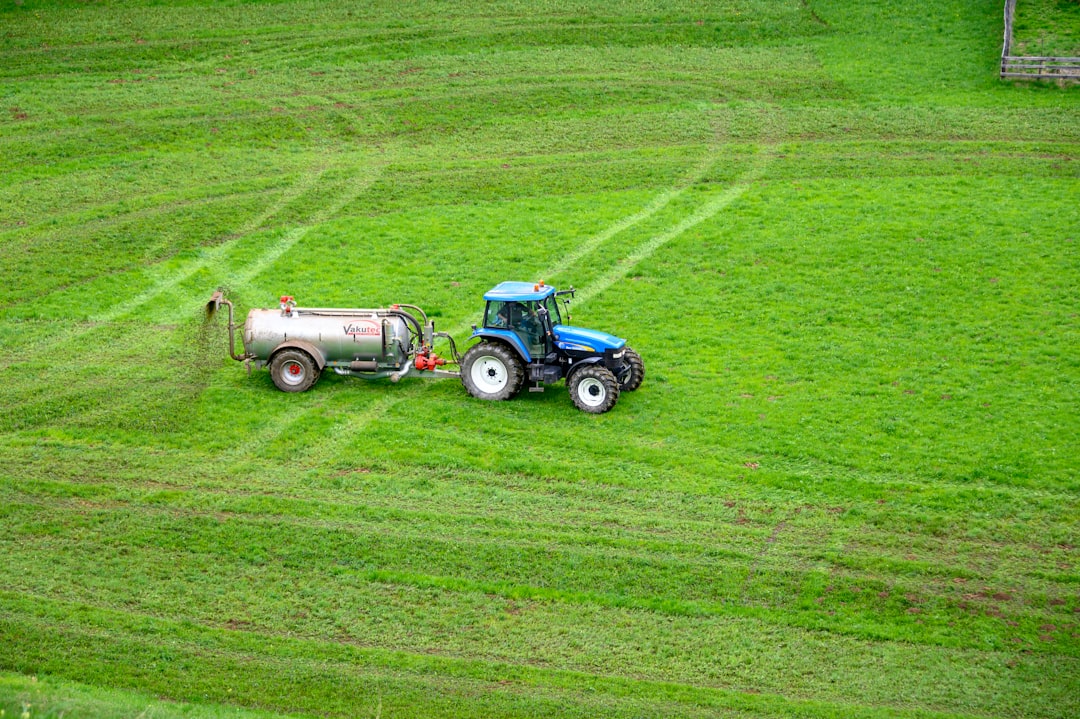
Let’s start by defining fertigation. It is a method where fertilizers are dissolved into crops through an advanced irrigation system. Through the combination of the effective irrigation system, water, and essential nutrients are maneuvered and managed to acquire the maximum harvest of a profitable production from a certain quantity of these influences.
In most cases, solid fertilizers are scheduled to help match the management constraints instead of the crop horticultural demands. A lot of growers tend to encounter the dilemma of smearing the fertilizer a day before the commencement of heavy rains. The fear of the fertilizer being washed off as well as the contemplation of the quantities that will be leached into the roots.
The consistent application of the fertilizer but ins small quantities takes away any possible issues save on workforces and minimizes field compaction. It also leads to uniformity in fertilizer application and enables the plant to take int the nutrients promptly. If you want to maximize on this system, you ought to practice special care when choosing fertilizers and the injection tool. Similar, be observant during system management and maintenance.
For you to attain the right fertigation, you must understand that this can only be applicable on irrigated crops, via an irrigation system that is technically advanced than the traditional methods. You also need to be well informed of the various features, such as water chemical properties, soil richness, climatic details, nourishment, and mineral needs of your crops. Integration timings and water requirements should also be put into considerations at the vegetative stage of every plant.
The invention of the fertigation system has provided growers with excellent fertilization solutions. The traditional methodologies can be tiresome. Imagine having to manipulate heavy bags, and manual spreading followed by water application to get the fertilizer absorbed in the soil. Other than being cumbersome, it is time-consuming, and if one is not careful, damage can be inflicted on the crops.
Hence the reason why many agronomists are turning to assimilate a fertigation system given its simplicity and the benefits it brings in fertilizer application. Can you imagine the problems you will have when quantifying the nutrients required for your crops by use of your hand? It will be hard to remain accurate as well as be faster. Fertigation automatically eliminates these issues.
Fertigation will help you maximize on the water by reducing wastage. It also aids in controlling soil erosion, foliar diseases, variance in nutrients present in the soil, nutrient waste, and even time. Fertigated vegetations are less susceptible to pests, leaf burn, and diseases, which yields into browning or staining of the leaf edges, which is mostly caused by the contact with fertilizers.
Unlike the traditional methods of fertilizer application, fertigation approach aids the plant to take in more nutrients as opposed to those that are not fertigated. That is so because the allocation of water is accurate, and the growth of the plant is optimized at all phases of its growth life. The wind can adversely impact the traditional fertilization method by causing a runoff. However, the fertigation technique helps the plants to attain the precise amounts of nutrients and the right quantities of water.